

PC
It turns out you should be afraid of the dark. Because the dark will eat you.
In Lightmatter, darkness, shadows, absorb organic matter. It’s to do with a rather disastrous scientific experiment. Trapped inside their facilities after an escape lift plummets to its lowest depths, you need to get out while staying in the light.
This concept is rather nicely introduced during an opening sequence where you’re running through corridors blind, surrounded by destruction, and eventually the voice of a shadowy figure the other side of a vast chamber says, “Don’t go down there! It’s dark. You might… trip?”
He’s soon forced to explain the reality of the situation to you, a disembodied corporate voice over the facilities tannoys, irritably guiding you through the disaster of his own creating.

The facility is built upon a vast crystal mine, a photon-manipulating crystal discovered by your guide, mined to create Lightmatter, the mysterious technology that’s caused all this trouble in the first place. And as you may have heard, mines are rather dark. So you’ll quickly be relying on lamps for your ongoing being alive.
Thus the puzzles are born. How can you arrange light in a particular situation such that you can reach the other side without melting into the gooey darkness? Rather pleasingly, it doesn’t waste a lot of time introducing these concepts to you, rather assuming a decent amount of intelligence on the part of the player. So very quickly you’ll be doing light manipulating puzzles involving pointing beams toward each other so as to be able to cross long distances with just two lamps, or placing them on rotating platforms so as to use the same lamp to light multiple corridors.
It’s all rather pretty with it, a rotoscopy feel, with – thank goodness – excellent lighting. The only thing it lacks for is some colour, the grey getting a touch monotonous.

The obvious point of comparison here seems like it should be Portal, and boy does the game want you to think that too. But the real source of, uh, inspiration here is The Talos Principle. The puzzles are very similar, in that you’re dancing back and forth with beams of light, aiming at switches in such a way that you can move two lamps across a series of obstacles and shadows where it feels like you really need three. Later come devices that attract light through them, then beam it out to other such devices, and, yeah, that’s Talos Principle too.
The big difference here is this is set in a facility, with a narrator who constantly undermines and berates you, and ah yes see that’s Portal. And as hacky as it is to say so, this really is a cross between the two.

The thing is, it’s a pretty good cross, and while you’d struggle to say it has an original idea of its own (not being able to step on the shadows isn’t exactly new either), it puts other games’ ideas very nicely together. (The game’s site rather, er, boldly describes it as “an homage to first person puzzles”.) And, rather importantly, that narrating berating is extremely well done, delivered by Agent 47 himself, David Bateson. There’s unquestionably far too much of it – sadly the game didn’t learn that GLaDOS’s menace comes in large part due to her sparsity – but it’s all nicely written.
The puzzles are good and tough, too, often requiring you to think three moves ahead as you place lamps on moving platforms, or concentrate beams through distant windows. It also has the sense to mix things up a bit, not just have it be puzzle chamber after puzzle chamber, but sometimes have you picking out lengthier routes through broken corridors and stairwells, and occasionally disappearing behind the scenes where you find messages left by a previous employee. Oops, that’s Portal and Talos!

Yes, there’s an awful lot of borrowing here. Which is all well and good, right up until it tries to be smart about it. I never like it when a derivative game tries to boast itself above its sources. So while I get it’s trying to be cute with lines like,
“At Lightmatter Technologies we treat our inanimate objects with respect. Not like those monsters at Aperture Science.”
it still comes off as an unearned dig at a game it couldn’t exist without. Plus, I dunno, are they trying to place their game into another developer’s universe? Is that cool? It doesn’t feel cool.

This is a long game for its type, running to a good 10 hours, and that’s great. But it makes an odd choice to have the narrator constantly tell you you’re about to reach the end, before another setback means you can’t. And this is never good! Even if a player is adoring a game, being told it’s about to end, then not ending, always always makes it feel over-long, over-staying its welcome. Don’t do this, people!
Yet it holds its own. These are good quality puzzles, and the whole game is beautifully presented.

I have one other concern I should raise: this game suggests it can be played for free on Steam, and it absolutely cannot. It’s $20, which is a perfectly reasonable price. But go to its store page and it’ll tell you it’s free OR you can buy it, which is damned confusing. What they mean is, it’ll play for free for an hour, before then wanting twenty bucks to let you carry on. Demos are great and to be encouraged! But putting free on the game’s main page is a dirty trick, and hopefully Valve will step in and put the kibosh on it pretty soon.
That aside, this is a very decent first-person puzzle game, albeit heavily weighed down by its derivative nature, that constant sense that you’re playing ideas from other games pasted together. However, when there doesn’t appear to be another Portal or Talos Principle coming along any time soon, this is a great scratch for anyone with that itch.
- Tunnel Vision Games / Aspyr
- Steam
- $20
- Official site
All Buried Treasure articles are funded by Patreon backers. If you want to see more reviews of great indie games, please consider backing this project.








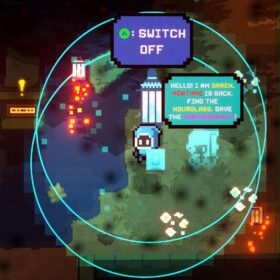





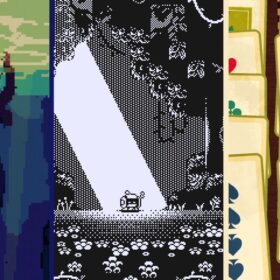



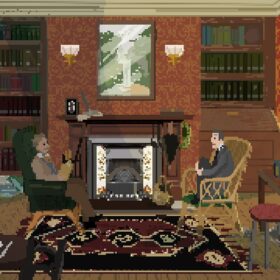
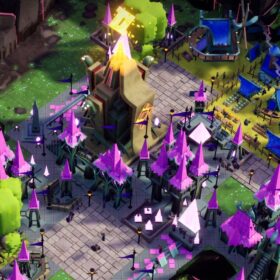



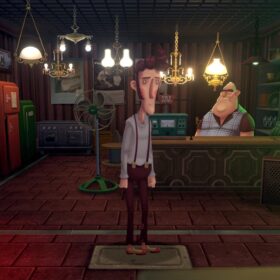
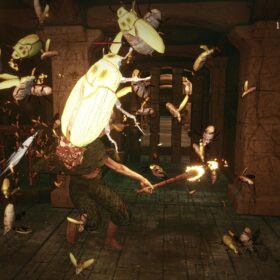

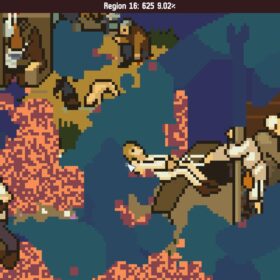
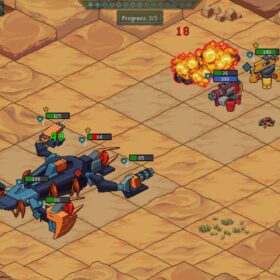

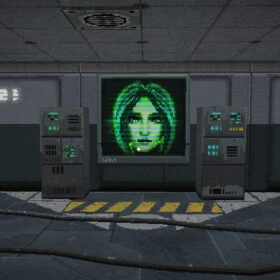

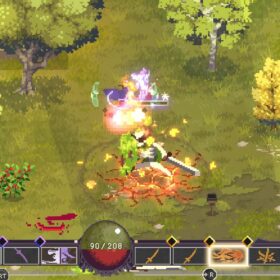
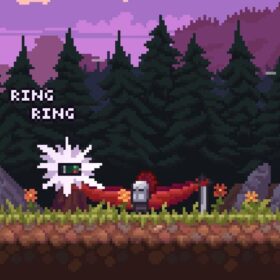

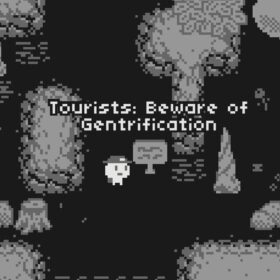


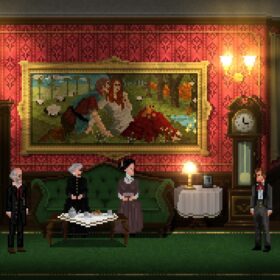

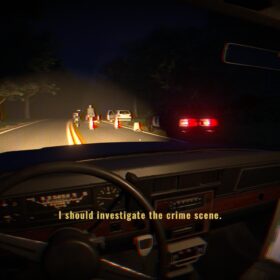


“…Not like those monsters at Aperture Science”. Ugh, why would they do that. And in what looks like a rather nice game that could perfectly live in its own space. At best it comes across as bad lampshading (“this is derivative but it’s ok because we pointed it out”) and at worst it sounds like “haha, companion cube am i right, guys? we’re cool too”.
I’m not so sure about the 10 hour estimate, this took me (a noted puzzle addict) around 4, and the developer says 4-8 hours, which sounds about right.
While some comments might say that the “jab” at Portal, or Aperture Science, is something they don’t like, or that it shouldn’t cross over into the Valve universe, I completely disagree. As someone that’s played both Portal games and Half-Life, I honestly welcome it wholeheartedly. Specifically talking about Portal, the story and lore completely drew me in. I was addicted, so when Portal 2 ended, and you’re finally saying goodbye, I couldn’t accept that. I needed more, and God only knows when Valve is going to make a 3 of anything. With this small comment in the game, I don’t think it was a jab at anything, nor do I think they were trying to get into the popular group with it. It feels and seems like they wanted to wave a hand to a game that they enjoyed and inspired them, and it’s rightfully deserved. With just a small comment they broadened the story that I love so much. The story I spent days and years looking up and re-reading because it was just that good. This small comment adds such a deep connection to the Valve series, and it’s honestly something my brain loves to toy with, even if it’s not officially true.
I know, really late to the party buuuuut…. They actual got with Valve and Valve actual gave their blessing to do the inside jokes and welcomed them into the same universe. It’s in the game if you listen to the commentary, which is done just like Portal’s. I love it in game before that, but hearing that mad it even more awesome.